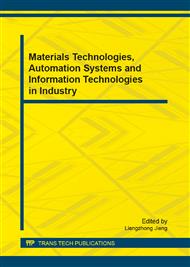p.67
p.73
p.81
p.85
p.91
p.97
p.102
p.108
p.113
Co-Integration Theory-Based Study on Environmental Kuznets Curve of Land Use Change Carbon Emission in Shenzhen
Abstract:
The carbon emission caused by land use change is a human carbon source only second to fossil fuel combustion, the urbanization process in China is extremely intensified, which carbon emissions effect caused by land use change becomes a key factor to influence China's target of carbon emission reduction. Taken Shenzhen city as a typical case, this study utilizes unit root and co-integration test method to research existence of carbon emissions EKC (Environmental Kuznets Curve) in Shenzhen on the basis of the carbon emissions EKC theory and land-use carbon emissions data of 1979-2010 years, in combination with the existing research foundation. The result proves that, the carbon emission EKC per capita exists in Shenzhen, and the inflection point time of carbon emissions per capita is also calculated for Shenzhen city, which provides new research ideas and scientific guidance for urban carbon emission reduction in China.
Info:
Periodical:
Pages:
91-96
Citation:
Online since:
August 2013
Authors:
Price:
Сopyright:
© 2013 Trans Tech Publications Ltd. All Rights Reserved
Share:
Citation:


